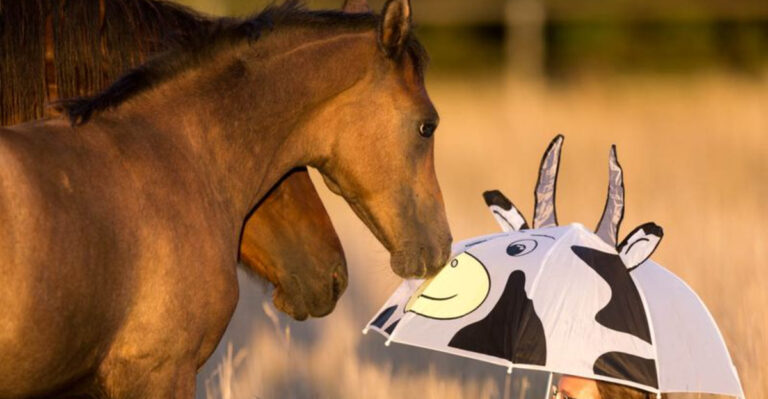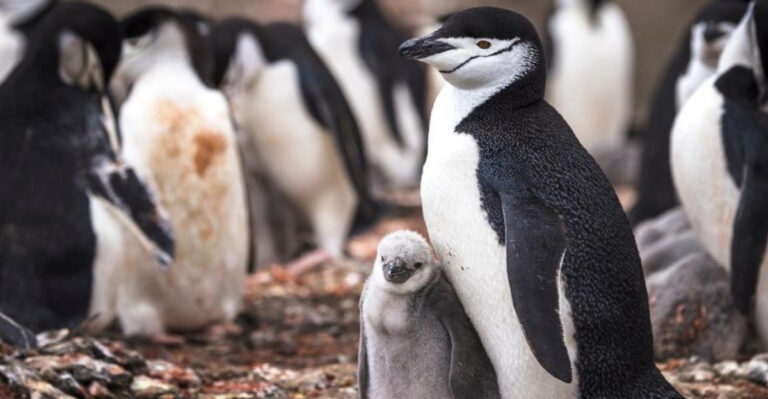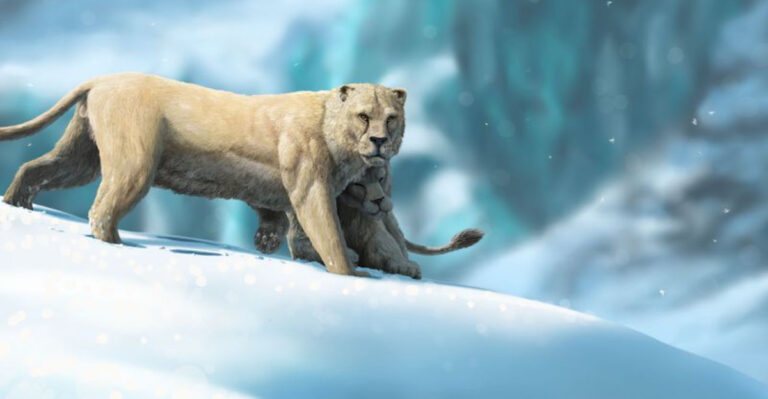13 Unexpected Spots Animals Choose To Hibernate
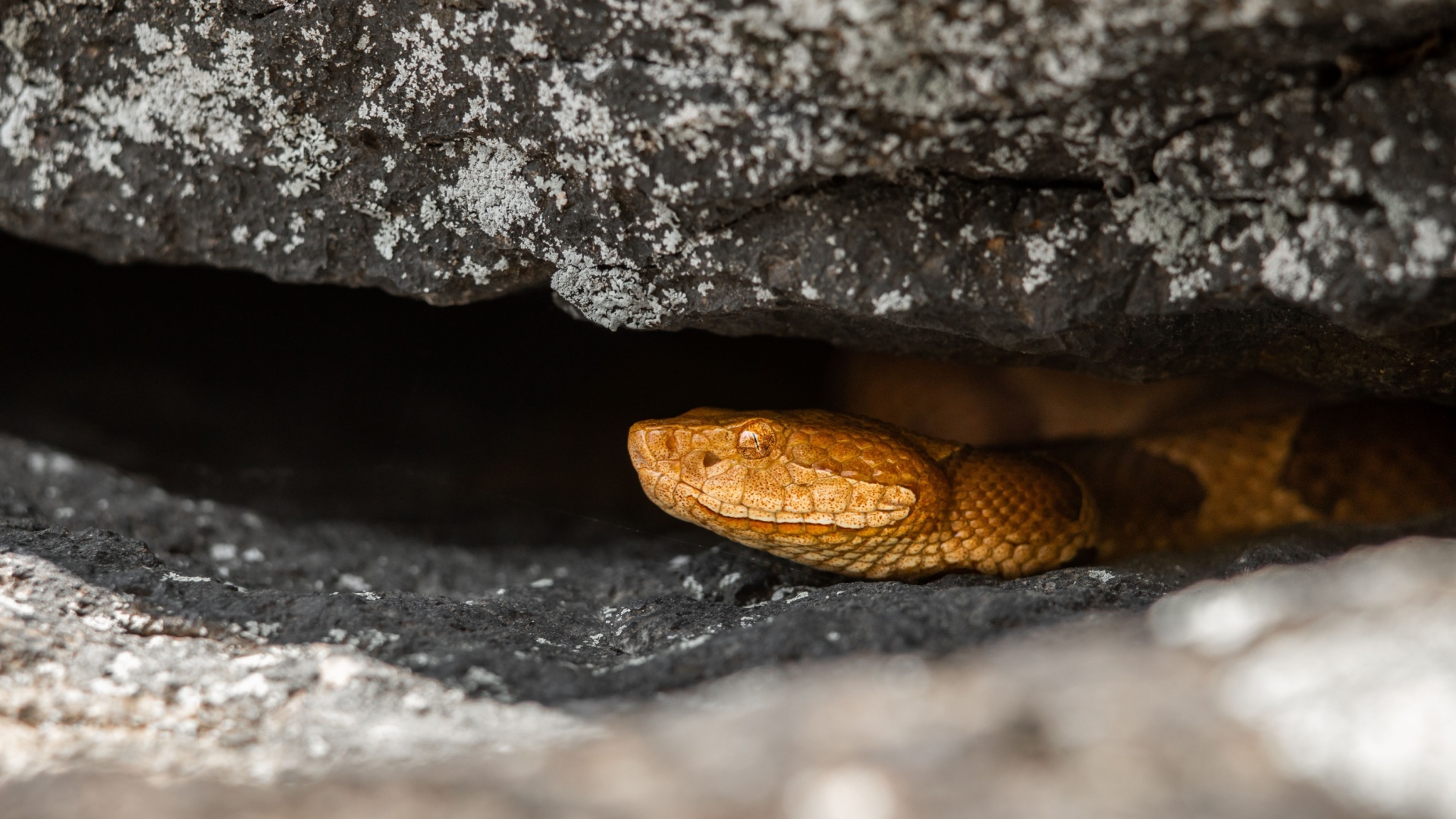
When winter approaches, animals go to great lengths to find the perfect spot to hibernate.
These spots, often unexpected, provide safety and comfort during the chilly months.
Let’s explore thirteen remarkable hideaways chosen by various animals, showcasing nature’s creativity and ingenuity.
1. Raccoons – In Trees And Hollow Logs
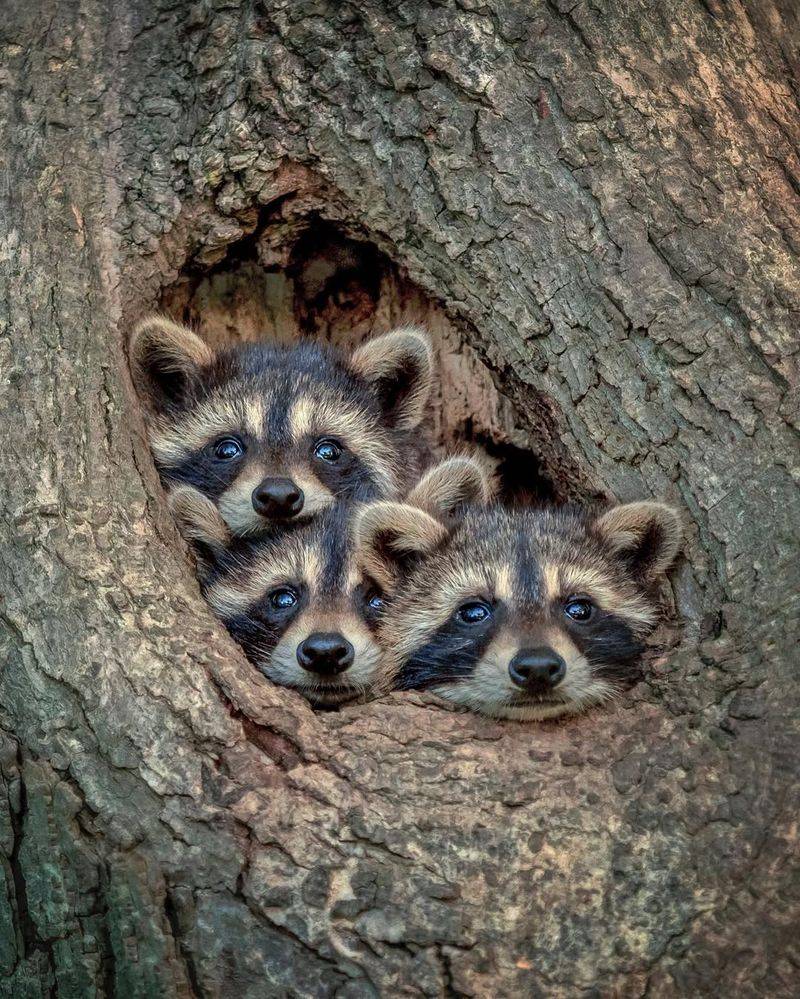
Hidden in trees or hollow logs, these clever animals find the perfect spots to hibernate away from danger. Making use of nature’s design, raccoons curl up to stay warm and conserve energy through the cold months.
Their ability to choose high, secure places reflects impressive survival instincts. You might not realize it, but inside a quiet log, a raccoon could be peacefully resting through winter.
Few creatures show such adaptability when it comes to finding safe, cozy shelter.
2. Box Turtles – Under Leaves And Dirt
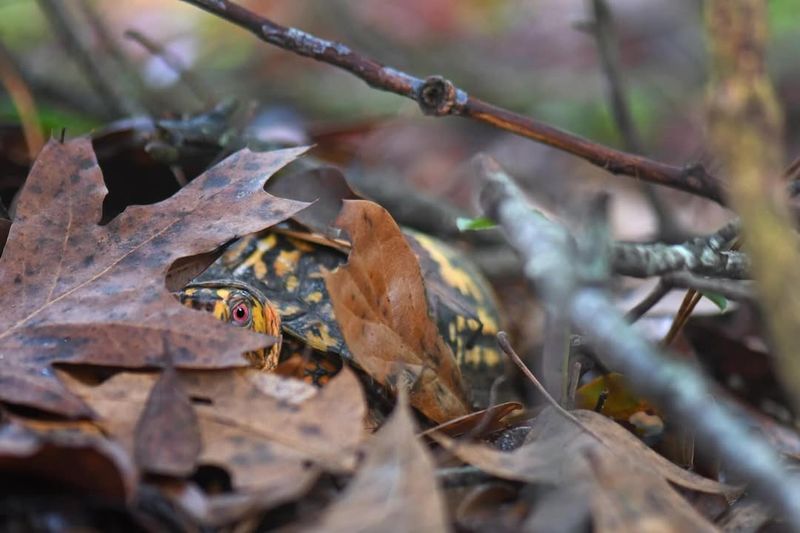
When it comes to hibernation, box turtles have a unique approach. They dig under leaves and dirt, creating a snug hideaway.
This natural insulation shields them from harsh temperatures. Their earthy choice keeps them grounded and secure.
As the world above transitions into winter, these turtles snooze beneath, oblivious to the cold. It’s nature’s way of wrapping them in a seasonal blanket.
3. Chipmunks – Burrows Under Trees
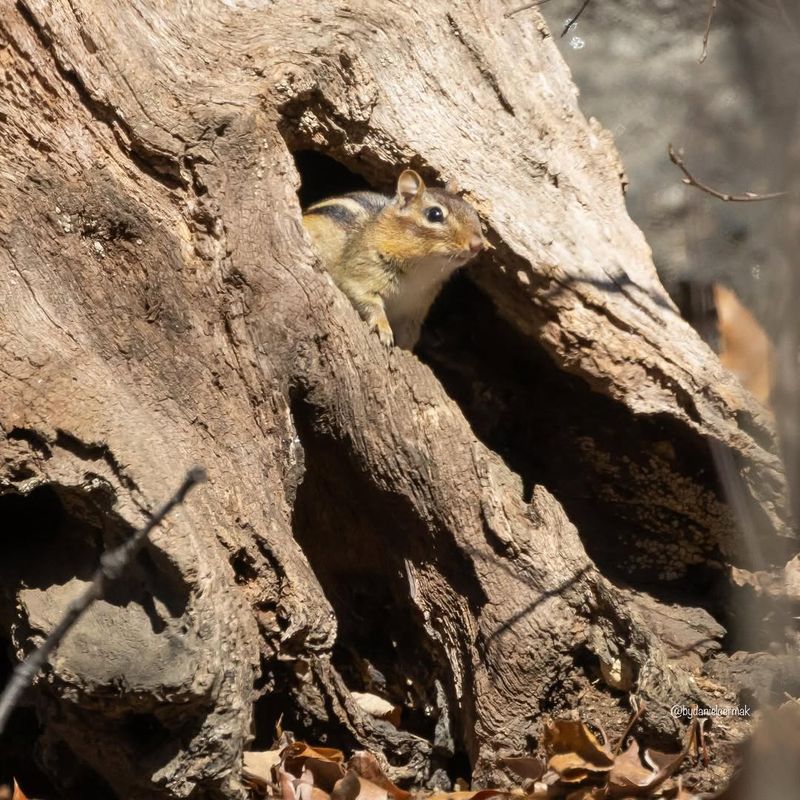
Chipmunks are busy creatures, and their hibernation spots reflect their industrious nature. They dig burrows under trees, creating a labyrinth of tunnels.
These underground homes are filled with stored food, ensuring they have snacks for their long winter rest. These burrows not only provide warmth but also a sense of security.
In their intricate network of tunnels, chipmunks find solace and sustenance, making them true underground architects of the animal world.
4. Frogs – Underwater Or Buried In Mud
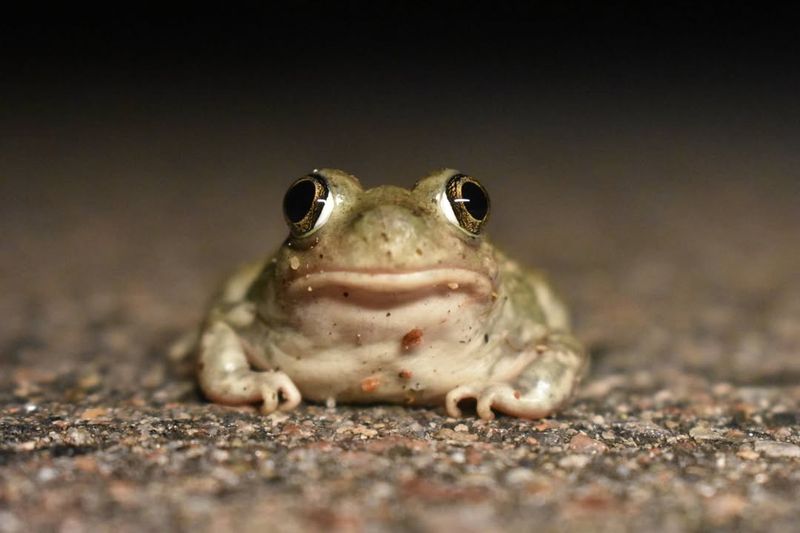
Some frog species choose underwater spots, while others bury themselves in mud. Both choices offer a moist environment crucial for their survival.
These amphibians slow their metabolism, entering a state akin to suspended animation. It’s nature’s way of pressing pause.
Whether submerged or mud-covered, frogs remain hidden until spring’s arrival.
5. Ladybugs – Inside Tree Bark And Under Rocks
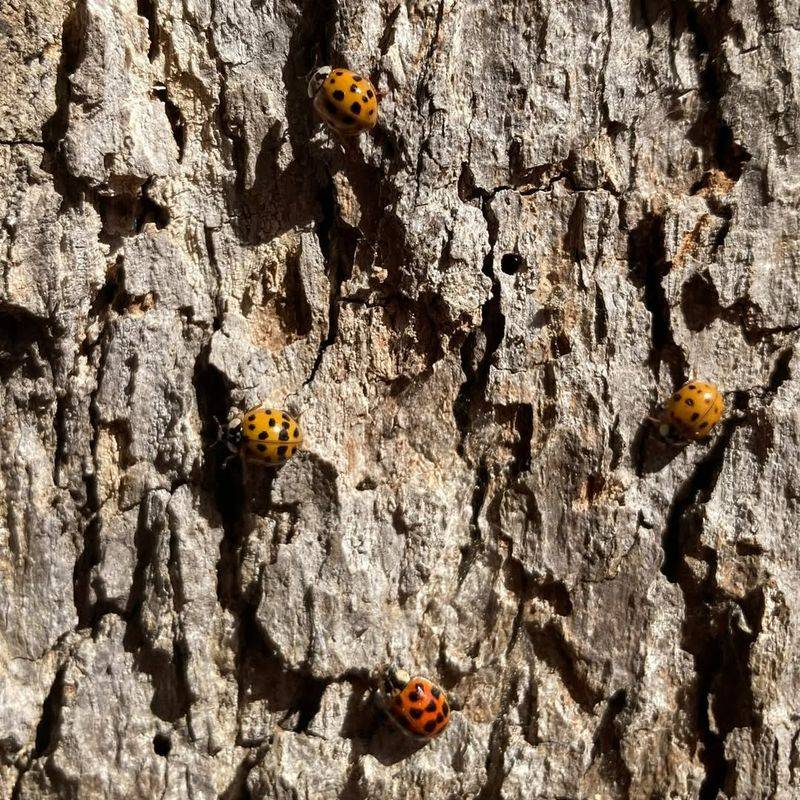
Ladybugs go undercover, quite literally, when hibernating. They seek shelter inside tree bark or under rocks, forming clusters for warmth.
This communal approach ensures they maintain body heat during cold spells. Their chosen hideouts offer protection from the elements, keeping them safe from frost.
These vibrant insects show that there’s strength in numbers, as they weather winter together.
6. Skunks – In Dens Or Under Decks
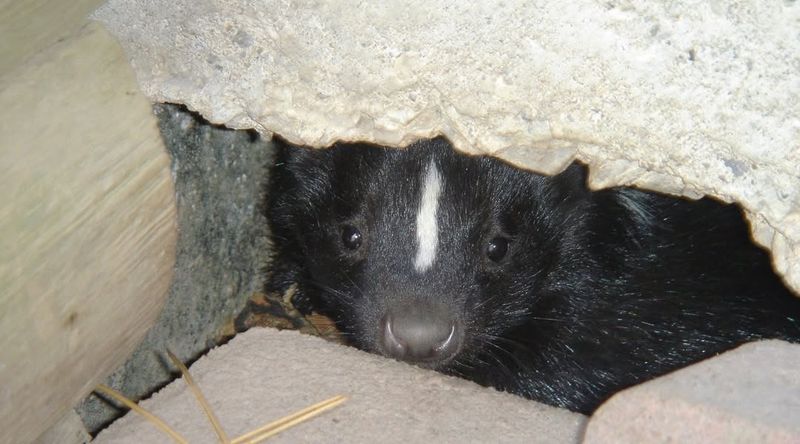
Skunks settle in dens or take refuge under decks, embracing the coziness of enclosed spaces. These spots offer the double benefit of warmth and concealment.
Their choice reflects a balance between solitude and security. During the frosty months, skunks enjoy uninterrupted rest, emerging only when necessary.
It’s a serene season for these striped mammals, who manage to turn even the most modest hideaways into winter sanctuaries.
7. Common Poorwills – Nestled In Rocky Caves
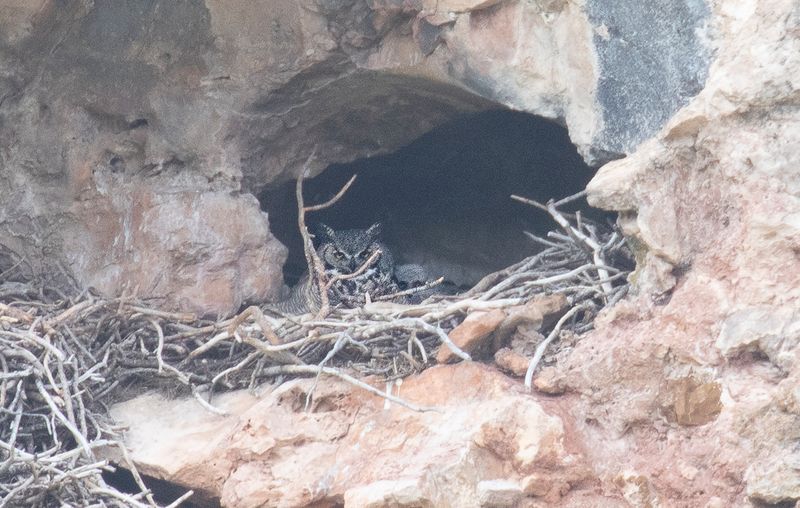
Few birds are as unique as Common Poorwills, known for their unusual hibernation strategy. By tucking themselves into rocky caves, they blend seamlessly into the landscape.
This hidden spot offers them both protection and perfect camouflage. Remarkably, these birds can enter a torpor-like state, slowing their metabolism to survive harsh winters.
For the Common Poorwill, a rocky cave isn’t just shelter – it’s the ultimate winter retreat.
8. Ground Squirrels – Underground Tunnels
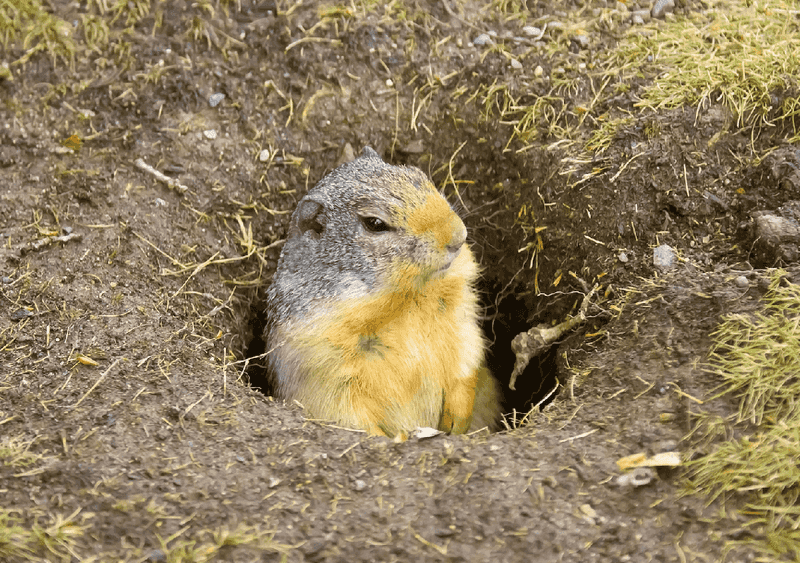
Ground squirrels are the engineers of the hibernation world. They craft intricate underground tunnels, complete with multiple chambers.
These burrows serve as winter homes, providing warmth and protection. Within these tunnels, they store food supplies, creating a cozy environment for their slumber.
As the surface world freezes, ground squirrels remain tucked away, enjoying their carefully constructed retreats. Their tunnels are a testament to their planning prowess, showcasing their ability to thrive underground.
9. Snakes – Rock Crevices And Burrows
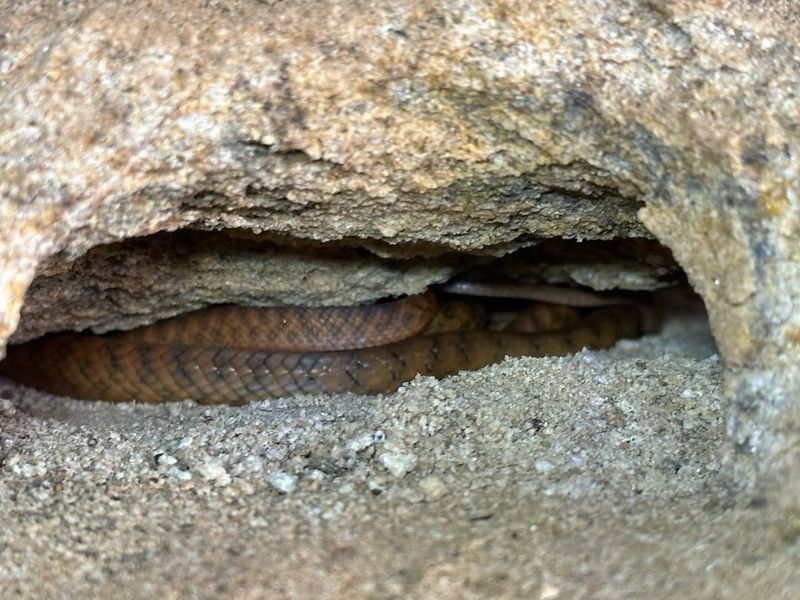
Finding refuge in rock crevices and burrows, these reptiles blend effortlessly into their surroundings. With slowed metabolism, snakes enter brumation, a hibernation-like state that helps them survive winter.
Their hidden retreats offer both warmth and protection from predators. Known for their stealth, these creatures choose hideaways that make them nearly invisible.
Even the smallest cracks in nature can become luxurious winter homes for these slumbering serpents.
10. Bats – Attics And Abandoned Buildings
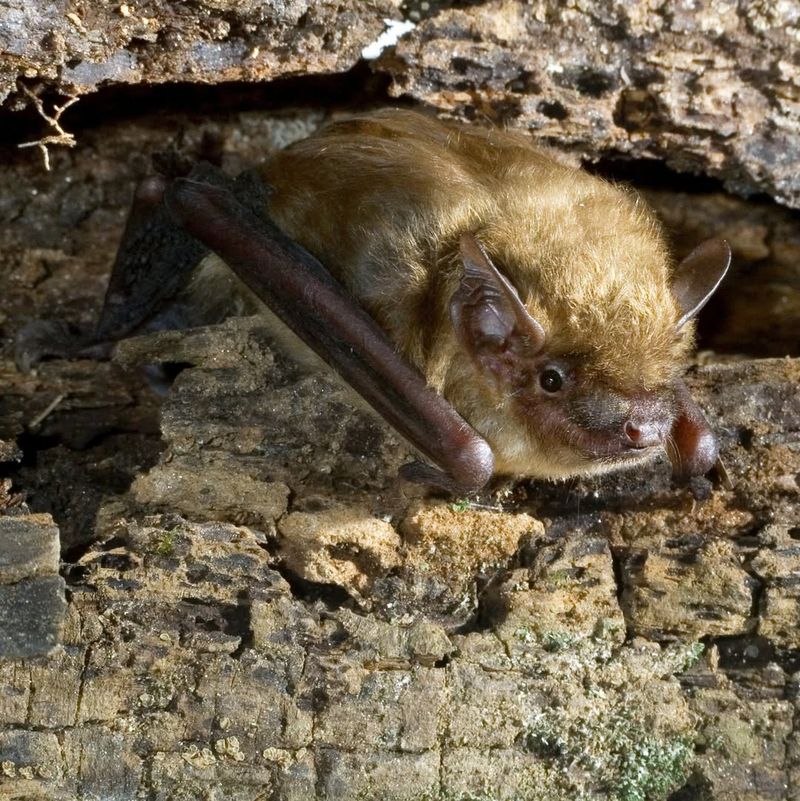
Bats take a lofty approach to hibernation – they roost in attics or abandoned buildings, hanging out, quite literally, for the winter. These aerial retreats offer the perfect blend of altitude and tranquility.
The solitude of attics provides a quiet haven, away from disturbances. Bats enter a state of torpor, conserving energy until spring.
Their choice of high perches reflects their unique lifestyle, showcasing their adaptability.
11. Bees – Inside Their Hives
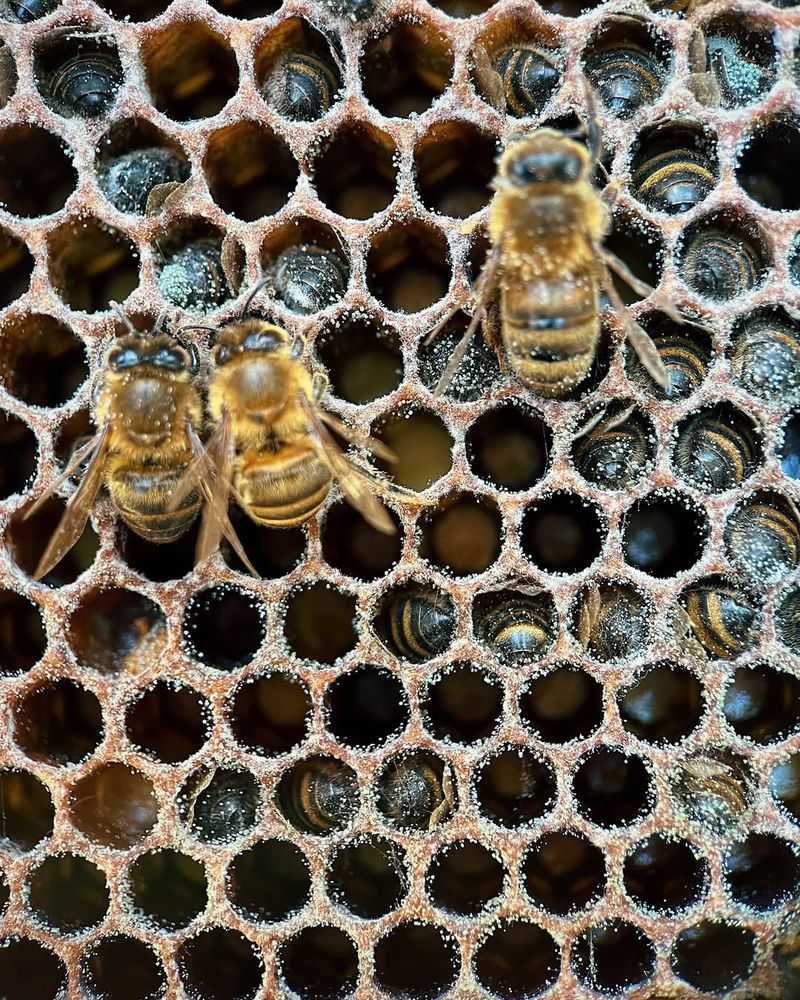
Inside their hives, these insects cluster tightly to create and conserve heat during winter. By vibrating their wings, bees generate warmth that keeps the entire colony alive.
Their hive becomes more than a home – it transforms into a powerful thermal shelter. Through teamwork and constant motion, these tiny creatures maintain a stable climate while snow falls outside.
It’s a quiet winter marvel, as the colony waits together for spring’s return.
12. Woodchucks – Deep Burrows
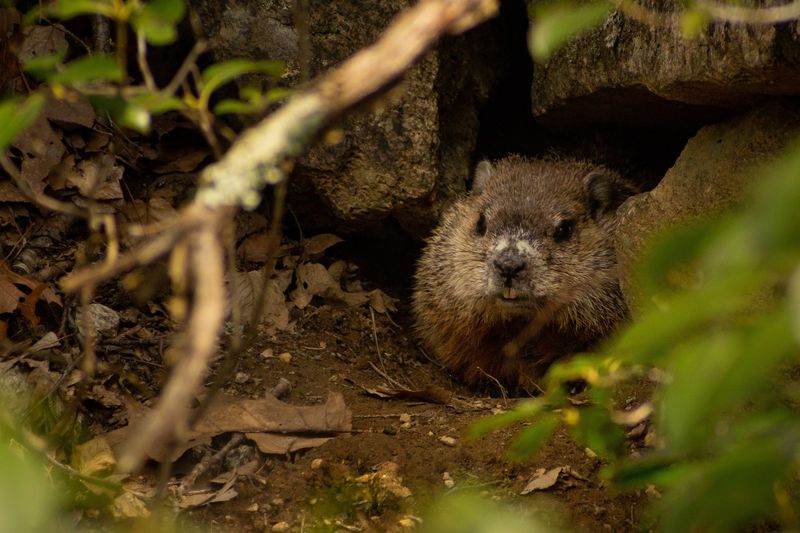
Woodchucks are masters of the deep dive when it comes to hibernation. They dig extensive burrows, retreating far below the surface.
These underground lairs provide a sanctuary from winter’s chill. Woodchucks enter a deep hibernation, slowing their heart rate to remarkable lows.
Their burrows are more than just holes; they’re winter fortresses. As snow piles up above, woodchucks rest peacefully below, waiting for the first signs of spring.
13. Hedgehogs – In Piles Of Leaves And Brush
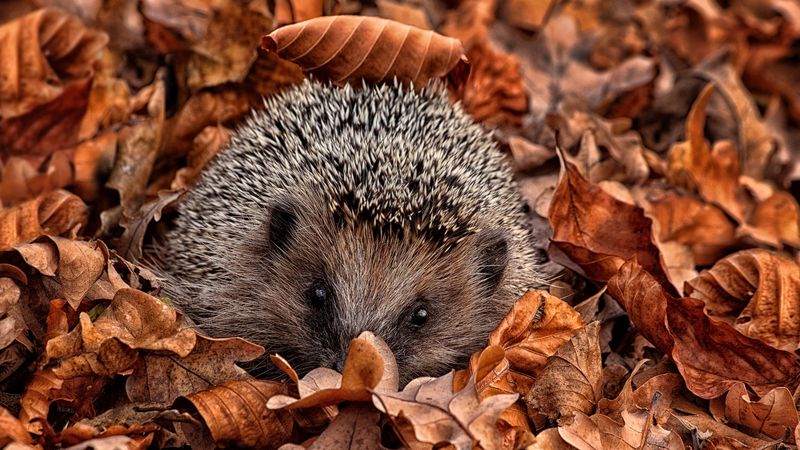
Tucked into piles of leaves and brush, these little creatures create cozy, natural nests for hibernation. By curling into a tight ball, hedgehogs conserve heat and stay protected from the cold.
Their leafy hideaways provide excellent insulation during harsh winter months. Using what nature offers, they show remarkable resourcefulness and survival instinct.
In these quiet retreats, hedgehogs rest undisturbed until spring’s arrival.


